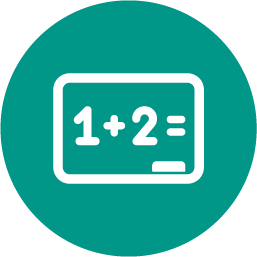
Mathematics, 03.04.2020 17:56 coreycullen6862
B. Prove: For all integers n > 1, if n is not prime, then there exists a prime number p such that p ≤√n and n is divisible by p.(Hints: Use the result of part (a) and Theorems 4.3.1, 4.3.3, and 4.3.4.)

Answers: 3


Another question on Mathematics

Mathematics, 21.06.2019 15:00
The water has been on the stove y=9.5x+62.1 after how many minutes will the tempature be 138.1 f
Answers: 1

Mathematics, 21.06.2019 19:20
What is the measure of ac? 5 units 13 units 26 units 39 units 3x- 2b 6x + 9
Answers: 2

Mathematics, 21.06.2019 20:30
Solve each quadratic equation by factoring and using the zero product property. x^2 - 8x + 30 = 3x
Answers: 2

Mathematics, 21.06.2019 20:50
What is the greatest number of parts of a circle that can be formed by cutting the circle with 7 straight cuts? (note: the parts do not have to be equal in size)
Answers: 3
You know the right answer?
B. Prove: For all integers n > 1, if n is not prime, then there exists a prime number p such that...
Questions


Mathematics, 02.09.2021 03:40


Mathematics, 02.09.2021 03:40

Mathematics, 02.09.2021 03:40




History, 02.09.2021 03:40



Biology, 02.09.2021 03:40


Biology, 02.09.2021 03:40

Chemistry, 02.09.2021 03:40




Mathematics, 02.09.2021 03:40



